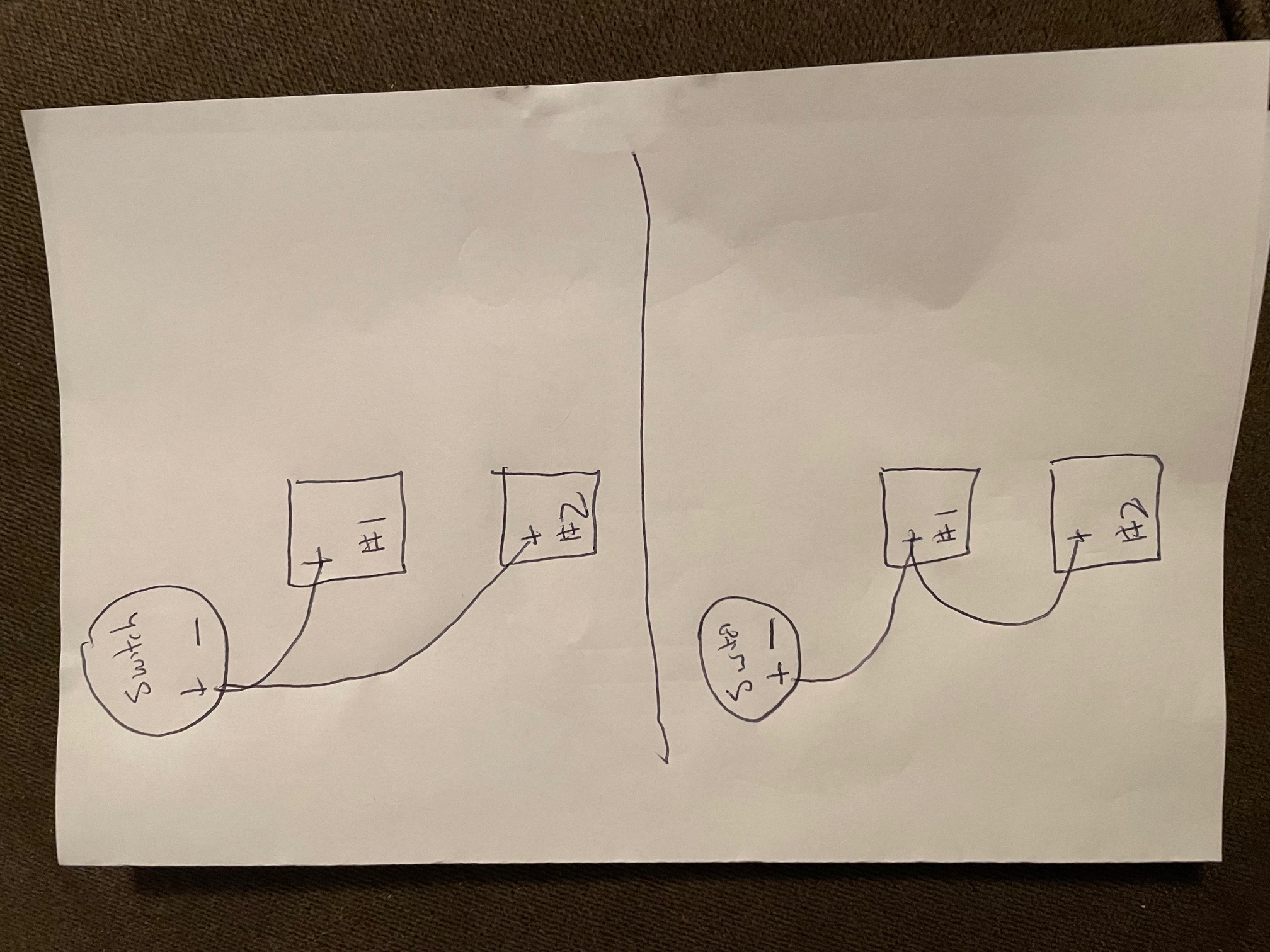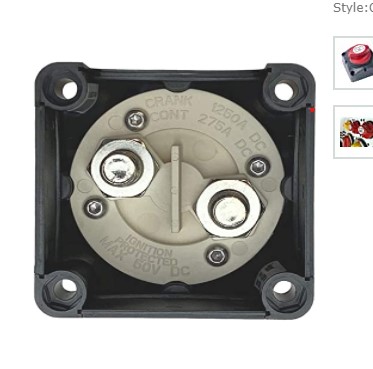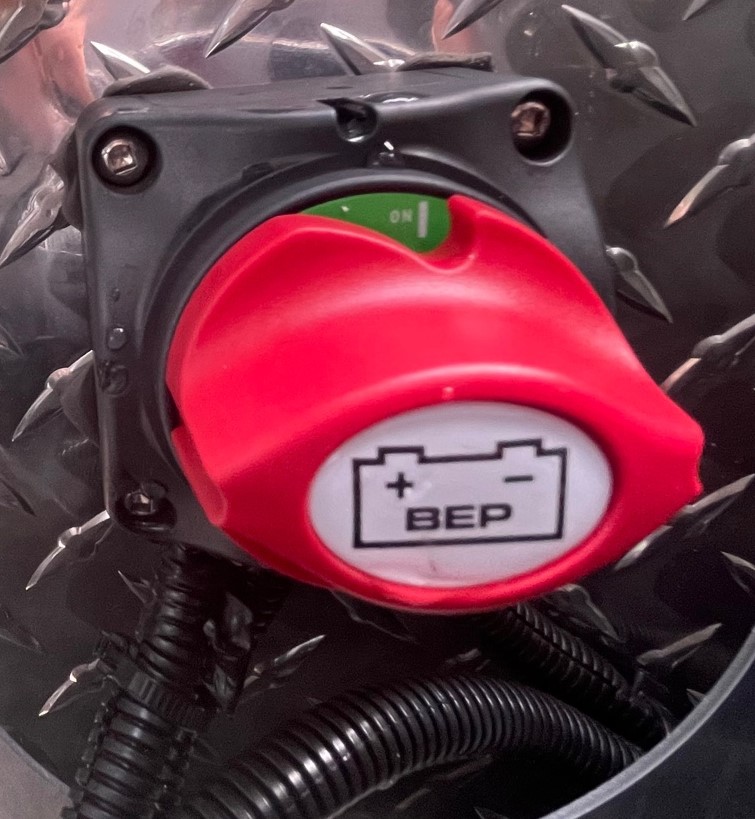Hi,
Looking for some advice to help me get a Victron smart shunt installed in an RV. I have two 12V batteries in parallel. See attached for wire diagram. There are 3 wires to the negative terminal on battery #1, one from the battery switch, one from the jumper to battery #2 and one from that goes into the RV somewhere (I'm guessing the solar panel). Battery #2 has two wires on the negative terminal, one from the jumper to battery #1 and one from an external solar panel plug.
I believe the shunt gets connected directly to the negative of battery #1, but I'm not sure if all 3 (or just the one from the switch) negative wires get connected to the other side of the shunt? Does anything happen to the negative wires on battery #2?
Also, do both positives wires for the shunt get attached or just the one to battery #1
Thank you





